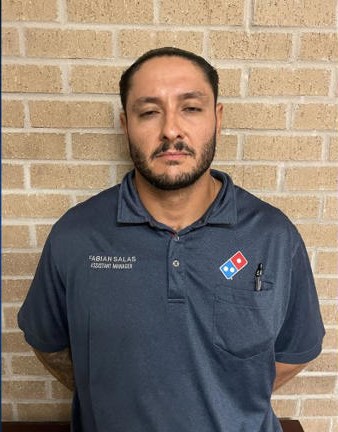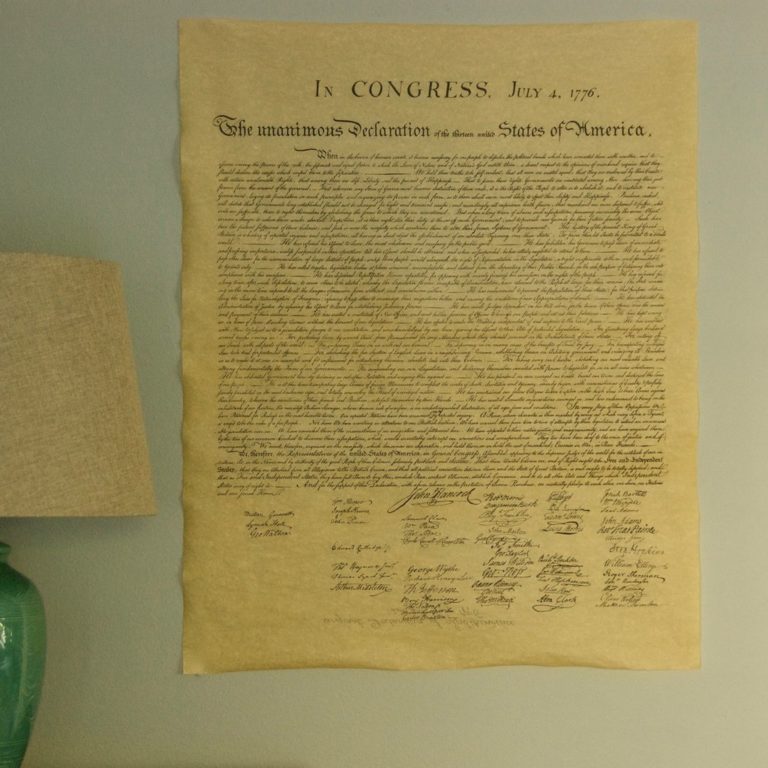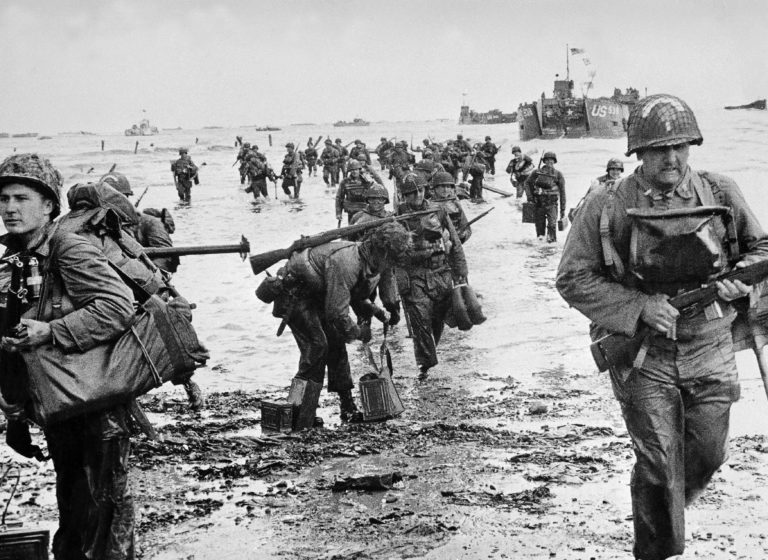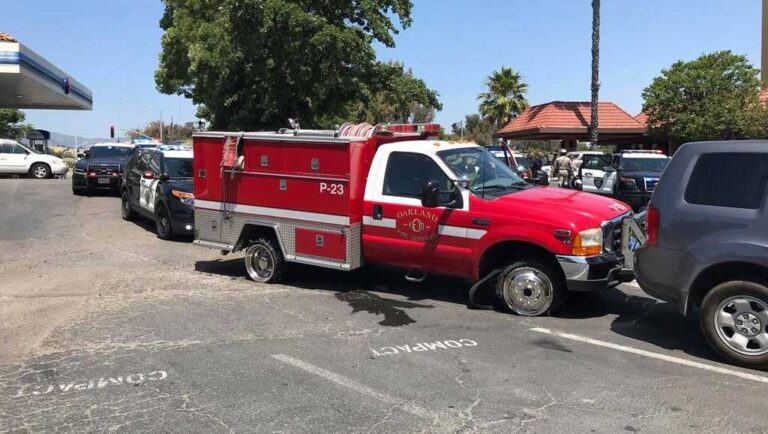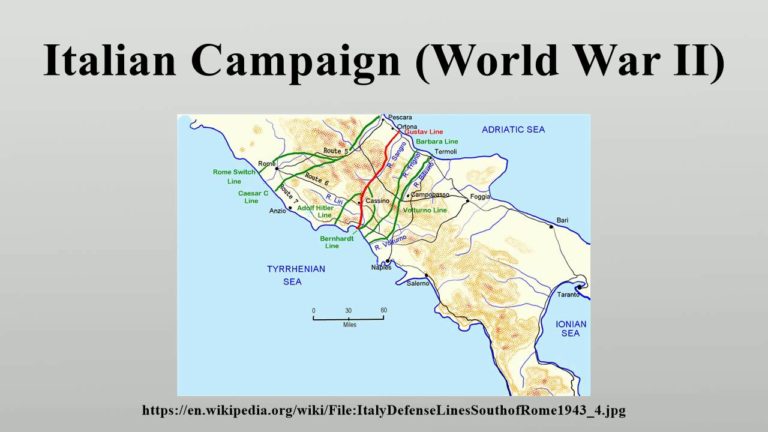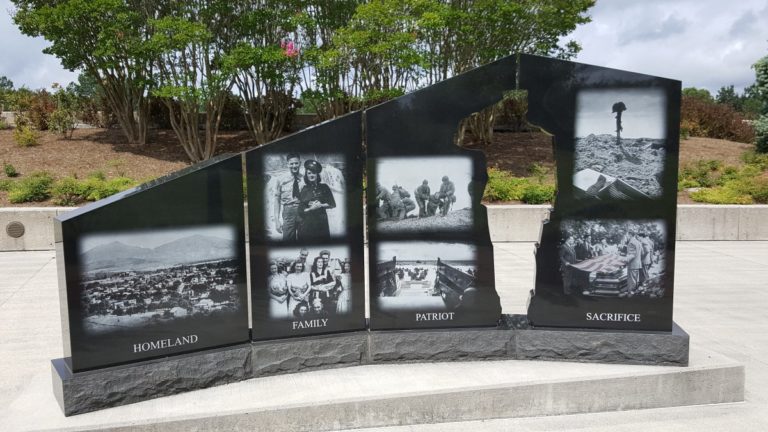Yes, I made that word up.
This is the first anniversary of our officially moving to Texas. As in a year ago today we closed on our house in a nice community north of Austin.
It was a journey to our destination. A long journey. I’ll try to make the story shorter.
This all started in 2012 when I retired from my career with a municipal EMS agency. I started what has become my second career as a Quality Improvement specialist and consultant. Not full time, but enough to keep me busy and supplement my pension.
Mrs. EMS Artifact was still working, which was a result of taking a few years off to raise our kids and so delaying her retirement. We decided that when we were both retired, we’d look at moving to another part of the country. Where was open ended since family obligations meant it would be at least a couple of years.
Fast forward to 2014. Our daughter decided to move to Texas after graduate school. Apparently I was the only person unaware of this. In the meantime our son and his family had moved to Alabama. Still we couldn’t move ourselves, although we’d been to Austin several times and liked the area.
Fast forward now to 2021. COVID and all that going on and in the midst of that my 102 year old Mother in Law died. She had a good run right up until the end, but it ends for everyone at some point.
Mrs. EMS Artifact being the responsible of the two sisters ended up settling her mother’s affairs. Sans help from the person I now refer as “my wife’s former sister.” Yes, there’s a story to that as well, but you wouldn’t believe me if I told you.
Through all of this on every trip we took we scouted potential relocation sites. Alabama, Texas, Tennessee, South Carolina, even Georgia. Our fall back was New Hampshire, but only if everything went sideways because I hate snow and cold weather.
Fast forward to the spring of 2023. Mrs. EMS Artifact walked into my office and said, “I’m ready, where are we moving.” My answer was what she should have expected, but she was a bit taken aback when I said “Texas.” She blinked, thought about and say “Okay.”
Have I ever mentioned that she’s way better than I deserved?
Then began a busy seven months. I had spent considerable time since I retired getting the house ready to be saleable. Not ready to be sold, because that was never assured, but fixing the things that pile up over the years of owning a home. I had the time now, being semi retired. I also had enough skill to do some small and some not so small projects. I’ll forego that list because it’s long and includes carpentry, land scaping, painting, electrical work, more painting, a bit of plumbing, more painting. With the painting goes prep work.
All of which was to make the house look fresh and improve the all important “curb appeal.”
We contracted with a realtor recommended by a close, close friend who retired from being a realtor. The realtor was very experienced and after looking the house over told us that it was in great shape for a 60 year old house. We picked a date to put the house on the market and in the meantime we flew down to Texas to meet with a realtor there. We saw a lot of houses in a week, but found nothing we said “YES” to.
We flew back and kept in touch with both realtors.
The house went on the market. The house got an offer within 24 hours. We accepted the offer. Based on that we found a house in Texas and made an offer, which was excepted.
Then the weirdness began. Our “buyer” hired a home inspector who kept asking to come back “To check one more thing.” After almost two weeks of that, the buyer decided that there were too many problems with the house and backed out. The fact was that she just changed her mind, but having her phony home inspector make shit up potentially meant that we’d have to pay someone to fix the “problems.”
It was a bad day, but after talking to our lawyer, we signed the release. We also had to exercise our contingency on the house we had wanted to buy.
Our realtor did a great job resolving the phony issues, putting the house back on the market, and getting two offers. We picked the lower of the two which was still substantially more than the original “buyer” had offered.
The good parts of the offer were more money and the buyer would waive the home inspection.
Of course there was a bad part, as there always is. Their current residence was being sold, actually had been sold and they had to be out by October 25. Just about three weeks away.
We had planned to close on the sale and move mid November. Which meant that our 6-7 week time frame was cut in half. Three weeks to finish sorting, packing, selling, giving away, trashing, Forty Three years of “stuff.” We had already hired a mover and just had to let them know the date, so that was one problem out of the way.
That was a stressful three weeks. So stressful that there was a pretty good chance we would be moving, but not as a couple.
Somehow, it all got done. Everything got packed up, we found a house in Texas, we sold the house in MA. Once we had closed, all that remained was to wrap up some loose ends and head south. We left MA as residents for the last time on November 8 and on November 12 we took up temporary residence in a Homewood Suites. Forward Operating Base Homewood Suites as it were.
From there we actually got to see our soon to be new to us home for the first time. The home inspection had been done beforehand and we knew what might have to be done in advance.
From FOB Homewood Suites we started setting things up. Internet/TV, electrical service, set up an account with the city for water, sewer, and trash. Set up an account for gas. All the things we’d last done Forty three years ago, but all done differently than what we’d done before.
Then came the big day. November 22, 2023. Documents were signed, checks passed, more documents signed. Again done much differently than the first time we bought a house.
Only one problem left. I had to call the moving company and tell them it was time to ship our stuff down to us. That wouldn’t happen for another week or so, so we stayed at FOB Homewood Suites for another week or so, but made daily trips to our new house to get things set up.
Then came the big day. November 28. The moving truck pulled up exactly on time, three men got out and started moving furniture and 140 boxes of various sizes. Plus all the other stuff that goes with a house.
We were home.
The year since has flown buy. There’s a lot to do when you move to a new state halfway across the country. One day we were talking about all of the things Texas does it’s own way. I joked to Mrs. EMS Artifact that it’s like we moved to a totally different state. She replied, not joking, that it’s easier to think of it as moving to a totally different country.
Which Texas was and who knows, might be again some day.
Won’t matter to us. Here we are and here we will stay.



